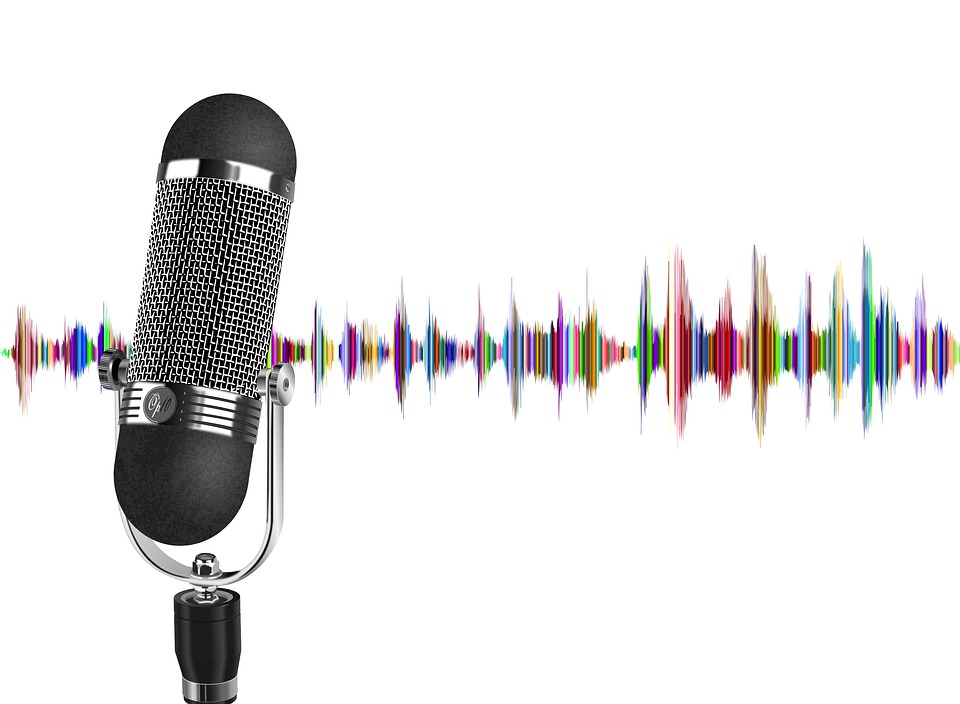Search Topic
A discussion over Belting vocal technique

Belting is a typical technique in musical theatre and pop music, however, gospel, R&B, and modern country music also utilize belting. It involves raising the chest voice (where you speak) into a higher range than usual, creating a powerful and exciting sound.
It is a form of singing that allows a singer to carry their chest voice above their break or passaggio as well as some head voice. This is sometimes referred to as “high chest voice” or “mixed voice,” but if it is done incorrectly, it can be harmful to a singer’s voice.
When singers create a loud, strong tone in a section of their voice, usually the softer head voice or the space between the two registers, it is referred to as a high-pitched. It shows the chest voice quality.
Healthy voice involves the use of both the thyroarytenoid (TA) and cricothyroid (CT) muscles. Whereas as the vocal folds grow thick and short or thin and long, a TA-dominant voice gives the chest voice its quality, while a CT-dominant voice gives the head voice its character. Maintaining balance between these two primal instincts is the key to belting.
A belt would be like screaming the whole song, as a listener you’d soon become tired of the barrage of sound. Belting is reserved for the climaxes of the song. Using a belt can create depth, volume, and power to your singing, but at the expense of full release into head voice and physical exhaustion due to the support and coordination required. The belt is created when you allow a literal drag of vocal fold weight higher into your range than would be appropriate.
The belting procedure is quite safe for late teens and adults of any age with healthy voices as well.
Belts should not be worn in adolescents and young adults when their larynx and surrounding tissues are changing size, density, and texture. It is not a good idea to belt while the larynx and its surrounding tissues are changing in density, size, and texture.
The most important aspect of singing, however, is balance and control; don’t strain or push, and make sure you maintain the right degree of support and compression with the right tone. The chest will not become a belt if you try to belt in the chest, and if you try to belt in the head, you will not achieve a belt as well.








